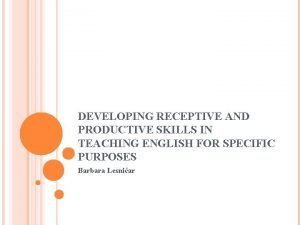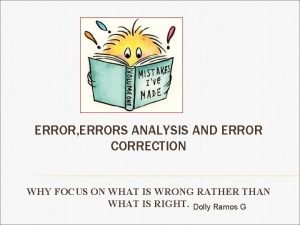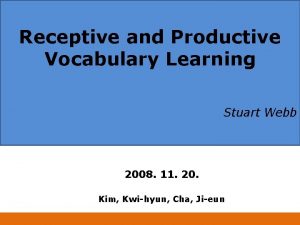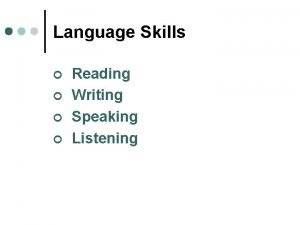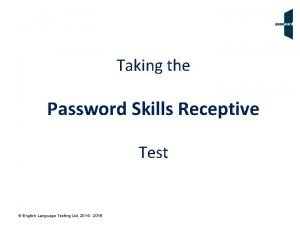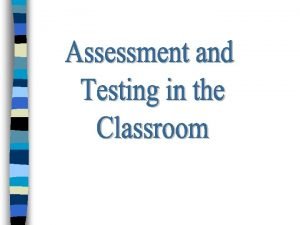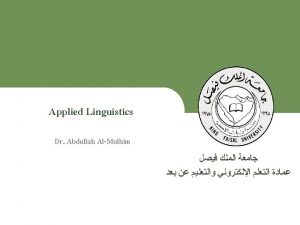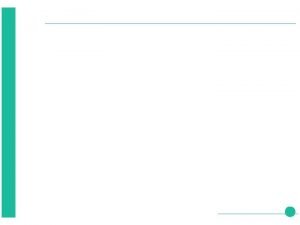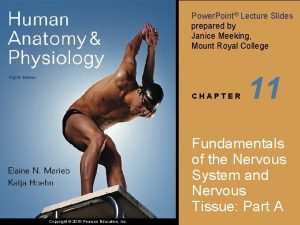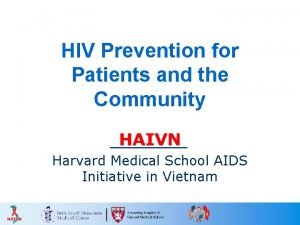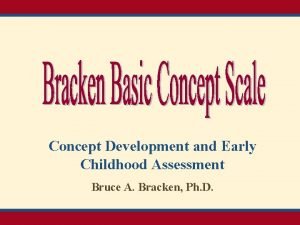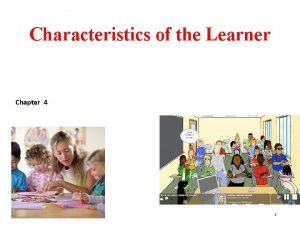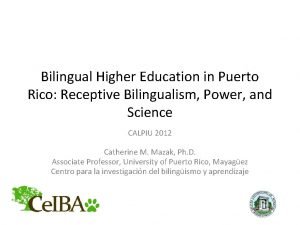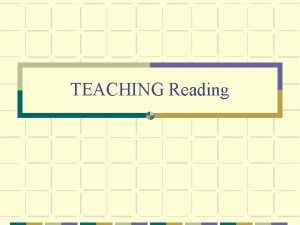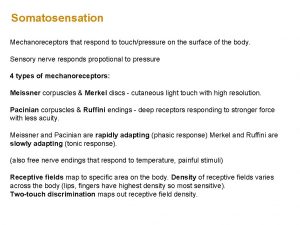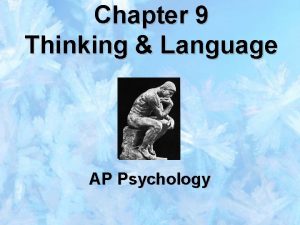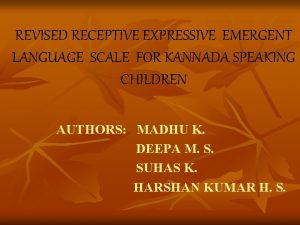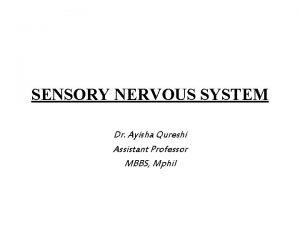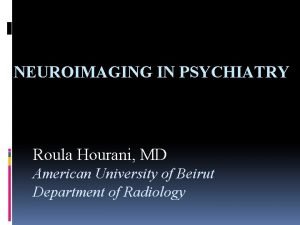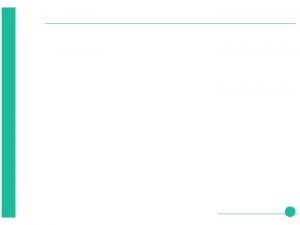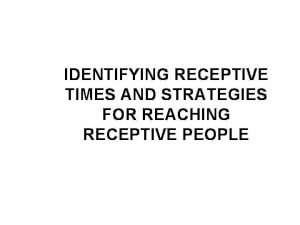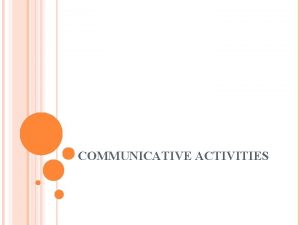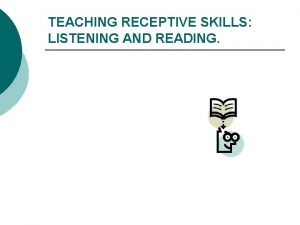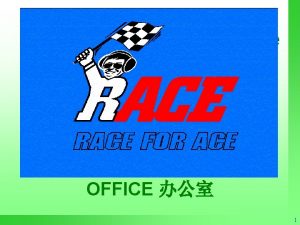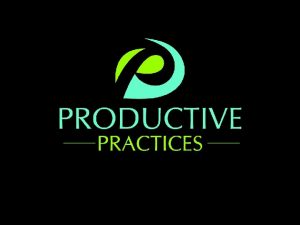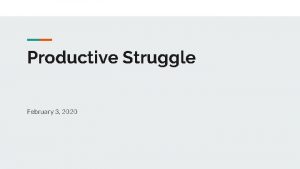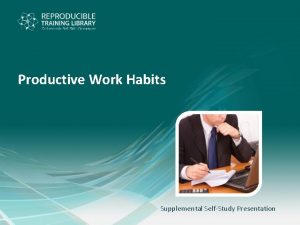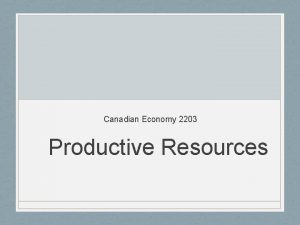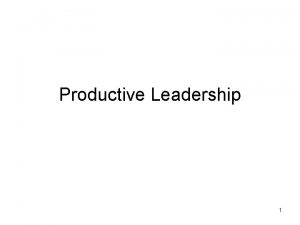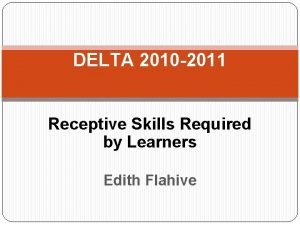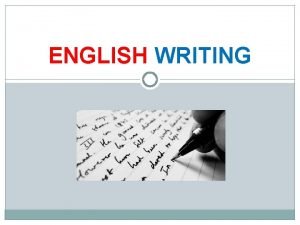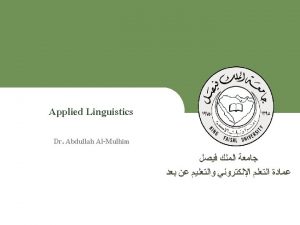WRITTEN ASSIGNMENT Receptive and written productive skills 20























- Slides: 23

WRITTEN ASSIGNMENT Receptive and written productive skills (20%)

OBJECTIVE The purpose of the written assignment is to: - deepen understanding of a chosen topic(s) from the course - develop inter-textual receptive and productive skills - select, use and reference source texts appropriate to the chosen task. -produce an appropriate text in the selected text type -organize writing purposefully and coherently - extend language skills -demonstrate intercultural understanding through reflection on the assignment.

AIM The aim of all Language acquisition courses is to focus on the development of language skills and explore the culture(s) associated with the language studied. Therefore, teachers and candidates must check that source texts relate to the target country or regions of the language being studied. Language B text choices also need to reflect the topics of the Core.

WHAT? Inter-textual reading followed by a written task of 300 -400 words plus a 150 -200 word rationale, based on the core Students are required to produce a rationale of 150 -200 words maximum, plus a task of 300 -400 words (excluding bibliography). Work failing the significantly beneath the required word count is unlikely to meet the stated requirements if the task and is therefore likely to receive low marks. If the word limit is exceeded, the assessment will be based on the rationale and the first 400 words of the task.

“INTER-TEXTUAL READING”? ? ? It refers to the ability to read across different texts one of which may be audio/audio-visual, that may be linked by a common theme.

THE CORE? The core is divided into three areas and is a required area of study: Communication and media Global issues Social relationships

COMMUNICATION AND MEDIA How people interact, transmit and gather data for the purposes of information and entertainment. Possible aspects to cover: advertising bias in media censorship internet mail press radio and television sensationalism in media telephone.

GLOBAL ISSUES Current matters and future scenarios that have an impact at a regional, national and/or international level, bearing in mind that they need to be addressed from the perspective of the target language’s culture(s). Possible aspects to cover: drugs energy reserves food and water global warming, climate change, natural disasters globalization international economy migration (rural–urban, or international) poverty and famine racism, prejudice, discrimination the effect of man on nature the environment and sustainability.

SOCIAL RELATIONSHIPS How people interrelate and behave—as members of a community, individually and in groups. Possible aspects to cover: celebrations, social and religious events educational system language and cultural identity, or self-identity linguistic dominance minorities multilingualism nationalism, patriotism, fanaticism relationships (friendship, work, family) social and/or political structures social behaviours and stances taboos versus what is socially acceptable.

THE RATIONALE Students must write a 150 -200 word rationale introducing the assignment which must include: the subject investigated a brief description of each of the sources the student’s intended aim(s) explanation of how the student intends to achieve his or her aim(s) – choice of text types, audience, register, style and so on.

THE TASK Students produce a piece of writing that may be chosen from the recommended text types listed for paper 2 (see packet for paper 2), after discussion with the teacher as an advisor. The task should be suitable for a piece of writing no more than 400 words in length. The content must be linked to one or more of the core topics and based on the information gathered from the three (minimum) or four (maximum) sources such as articles, blogs, audio/visual materials and interviews selected by the student in consultation with the teacher. The student should: - address the subject presented in the rationale - organize the information from the sources in a manner appropriate to the task - use language appropriate to the text type and communicative purpose

EXAMPLE Core Topic Focus of source Sources Subject of the assignment Text type Title of the assignment Rationale Global issues People trafficking into the UK 1. Interview with a victim of trafficking 2. Newspaper article on immigration authorities’ intervention in a border control center 3. Brochure of a charity that helps illegal immigrants 4. News broadcast on raid by border police in Dover Modern slavery Interview “Crossing the Channel” Subject investigated: Modern slavery. Brief description of the sources used Aim: to inform the general public of the dangers of, possible solutions to, human trafficking in the UK. How the sources were used, for the example, text type chosen (with justification)

TEXT TYPES Article Blog/diary entry Brochure, leaflet, flyer, pamphlet, advertisement Essay Interview Introduction to debate, speech, talk, presentation News report Official report Review Set of instructions, guidelines Written correspondence

FORMAL GUIDELINES The task and the rationale must be in the target language and word processed. Sources texts must be relevant to the target culture, must be originally written in the target language, and must be referenced by the student. Students may include illustrations in support of their work where this is appropriate, however, artistic merit is not assessed. These must always be electronically embedded, not separately reproduced and physically attached. Written assignments submitted for assessment must be word processed and the electronic files must not exceed a maximum of size of 2 MB, including any images.

ASSESSMENT CRITERIA There are three assessment criteria: 1) Criterion A: Rationale and task 10 marks - How well does the student use the rationale and the task in order to accomplish the assignment? - How clearly has the task been introduced in the rationale? - How successfully does the task address the subject and aim(s) stated in the rationale? - How appropriate is the choice of the text type to the task? 2) Criterion B: Organization and development 6 marks How well are ideas organized and developed? 3) Criterion C: Language 8 marks How appropriately and effectively does the student use language in relation to the task? Total 24 marks

CRITERION A: RATIONALE AND TASK Marks Level descriptor 0 The work does not reach a standard described by the descriptors below 1– 2 The student uses the rationale and the task in a limited way and may have partially accomplished the assignment. There is little reference to the sources in the rationale. The student has barely explained what his or her aim(s) are. The subject is hardly relevant to the chosen sources and not addressed in the task. The chosen text type is inappropriate to the audience and aim(s) stated in the rationale. 3– 4 The student uses the rationale and the task in order to accomplish the assignment to a certain extent. There is some reference to some of the sources in the rationale. The student has explained what his or her aims are but not how he/she intends to achieve them. The subject stated in the rationale is partially relevant to the chosen sources or not addressed throughout the task. The chosen text type is not completely appropriate to the audience and aim(s) stated in the rationale, and is applied inconsistently throughout the task. 5– 6 The student uses the rationale and the task adequately in order to accomplish the assignment. All sources have been referred to but not necessarily described in the rationale. The student has explained what his or her aims are and how he/she intends to achieve them. The subject stated in the rationale is generally relevant to the chosen sources and addressed throughout the task. The chosen text type is not completely appropriate to the audience and purpose stated in the rationale, but is applied consistently throughout the task. 7 -8 The student uses the rationale and the task well in order to accomplish the assignment. All sources have been described in the rationale. The student has clearly explained what his or her aim(s) are and how he/she intends to achieve them. The subject stated in the rationale is relevant to the chosen sources and addressed throughout the task. The chosen text type is appropriate to the task. 9 -10 The student uses the rationale and the task effectively in order to accomplish the assignment. All sources have been fully described in the rationale. The student has clearly explained what his or her aim(s) are and how he/she intends to achieve them. The subject stated in the rationale is focused, relevant to the chosen sources and consistently addressed throughout the task. The chosen text type is appropriate to the audience and purpose stated in the rationale, and is applied consistently throughout the task.

CRITERION B: ORGANIZATION AND DEVELOPMENT Marks Level descriptor 0 The work does not reach a standard described by the descriptors below. 1– 2 The organization and development of ideas is mostly ineffective. 3– 4 Ideas are organized and developed mostly effectively. 5– 6 Ideas are organized and developed effectively.

CRITERION C: LANGUAGE Marks Level descriptor 0 The work does not reach a standard described by the descriptors below 1– 2 The use of language is mostly limited. Vocabulary is limited or is generally inappropriate to the task. Simple sentence structures are rarely clear. The rhetorical devices are not used or are used inappropriately. 3– 4 The use of language is generally adequate. Vocabulary shows range but is sometimes used inappropriately to the task. Simple sentence structures are clear but no complex structures have been attempted. There is limited use of appropriate rhetorical devices. 5– 6 The use of language is appropriate and is generally effective. Vocabulary shows range and is mostly appropriate to the task. Simple sentence structures are clear but there are errors in complex structures. The rhetorical devices are used appropriately. 7– 8 The use of language is appropriate and effective. Vocabulary shows good range and is consistently used appropriately to the task. Complex sentence structures are clear and effective. The rhetorical devices are varied and used effectively.

LAYOUT AND PRESENTATION Candidates must word-process their written assignment in a font and layout that is appropriate to the task and that ensures ease of reading for the examiner. This may mean, for example, bolding a sub-heading in a newspaper article, using a scripted font for a name on the end of a letter or using text boxes for elements of a blog. While such aspects of presentation should assist in demonstrating a clear understanding of text types, it is important to note that there are no marks allocated for artistic merit. Therefore, the use of font, layout, images and so forth should support the content, rather than compete with it or distract from it.

REFERENCING As the IB does not stipulate the use of any specific referencing systems, it is sufficient to select any of the commonly used, easily recognized formats. Regardless of the system used, it is important for candidates to be consistent. The bibliography at the end of the written assignment is not included in the word count as it is intended for the examiner’s reference only. It is not necessary to include in-text referencing when a phrase or idea is taken from one of the source texts, as the written assignment is not considered to be an academic research document. It is sufficient to include a bibliography at the end of the task, to provide references for the source texts or literary work(s). Candidates should be reminded that they are expected to produce an original piece of work using their own words and that it is not acceptable to copy large sections of source texts.

SUBMISSION There will be a new cover sheet for the new version of the written assignment. The deadline for submission remains the same as in past years, 15 March for the May session (2015) As candidates are required to send a bibliography of the materials they have used, there is no requirement to send a copy of the materials in addition to the written assignments, nor is there any requirement to send the candidates’ drafts or other rough work.

GUIDANCE AND AUTHENTICITY The written assignment submitted for external assessment must be the student’s own work. After liaising with the student to select an appropriate subject for the assignment, the teacher can give verbal advice on a first draft of the task. This advice may help the student to identify ways in which the work could be improved but the first draft must not be annotated, edited, or corrected by the teacher. After making general comments on the first draft, teachers should not provide any further assistance. All work submitted to the IB for moderation or assessment must be authenticated by a teacher, and must not include any known instance of suspected or confirmed malpractice. Each student must verify that the work is his or her authentic work and constitutes the final version of this work. Once a student has officially submitted the final version of the work to a teacher for assessment it cannot be retracted. Authenticity may be checked by discussion with the student on the content if the work, and by scrutiny of one or more of the following: - the student’s initial proposal - the first draft of the written assignment - the references used (sources) -the style of writing compared with work known to be that of the student.

QUESTIONS?
 Receptive skills
Receptive skills Receptive and productive errors
Receptive and productive errors Productive and receptive vocabulary
Productive and receptive vocabulary Receptive skills listening and reading
Receptive skills listening and reading Listening writing reading and speaking skills
Listening writing reading and speaking skills Password test english
Password test english Productive skills
Productive skills Lecture 10
Lecture 10 What is productive language
What is productive language Biosynthetic center and receptive region
Biosynthetic center and receptive region Cephalic stage of digestion
Cephalic stage of digestion Rong chang dictation
Rong chang dictation Receptive ecumenism definition
Receptive ecumenism definition What is receptive vaginal sex
What is receptive vaginal sex Bracken receptive
Bracken receptive Peek model for readiness to learn
Peek model for readiness to learn Receptive bilingualism
Receptive bilingualism Reading is a receptive skill
Reading is a receptive skill Mechanoreceptors
Mechanoreceptors Ap psych thinking and language
Ap psych thinking and language 3dlat test material
3dlat test material My mind is alert my heart is receptive
My mind is alert my heart is receptive Tonic receptors
Tonic receptors Receptive language
Receptive language
